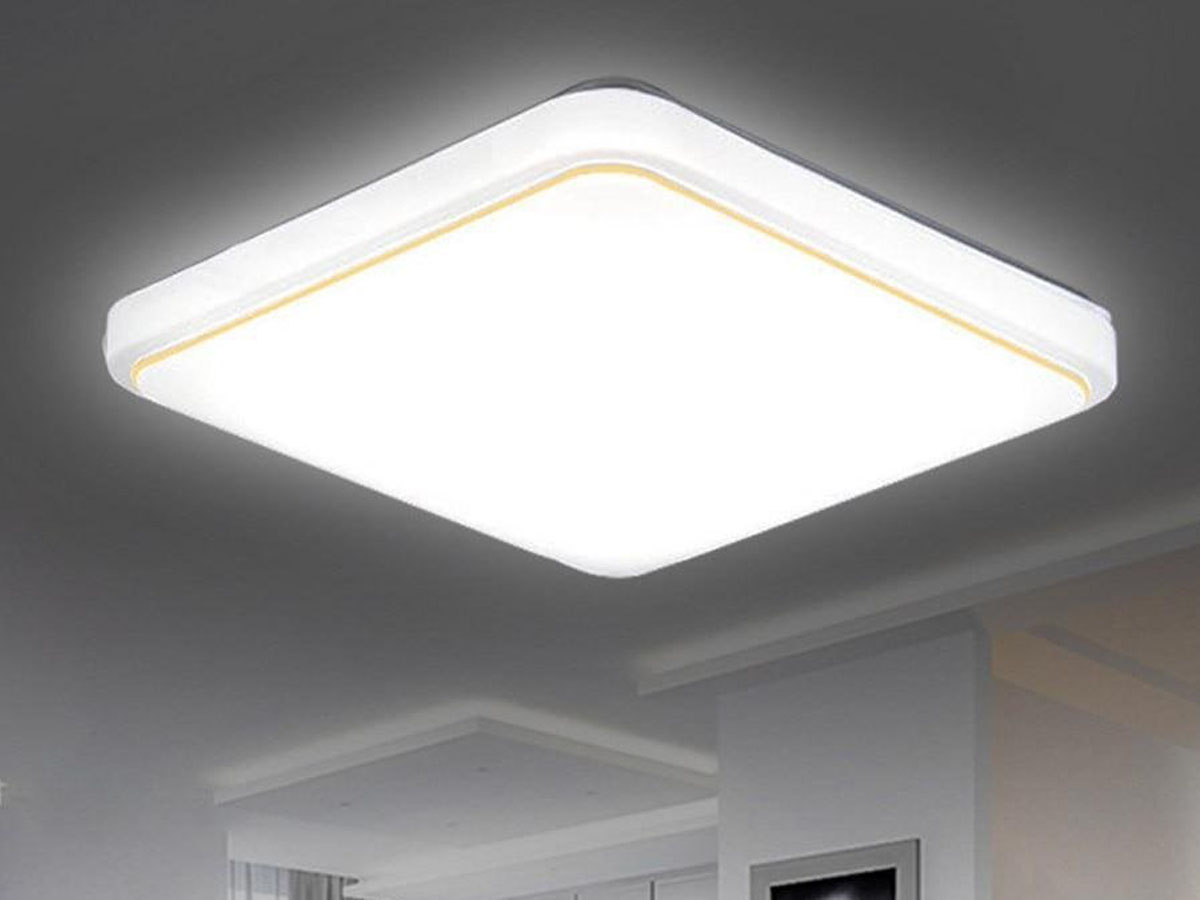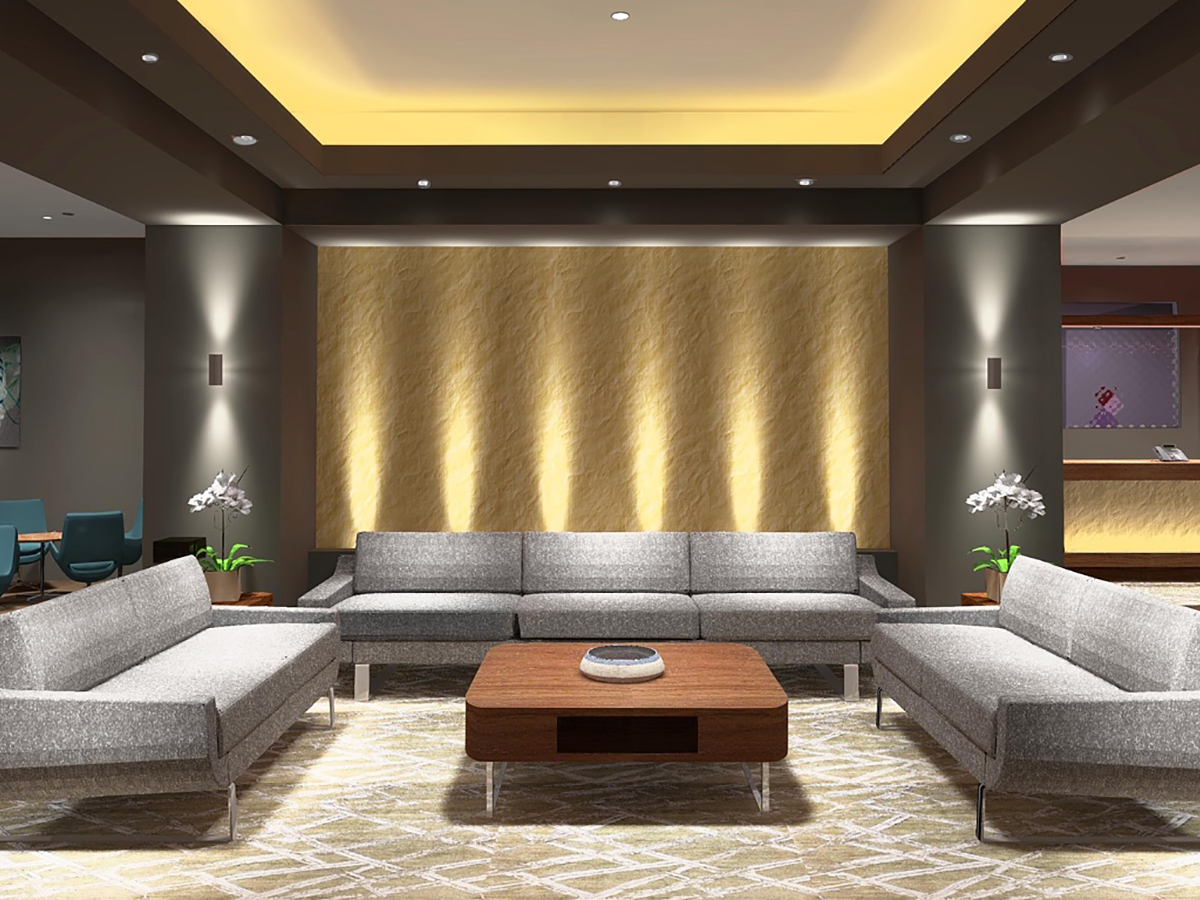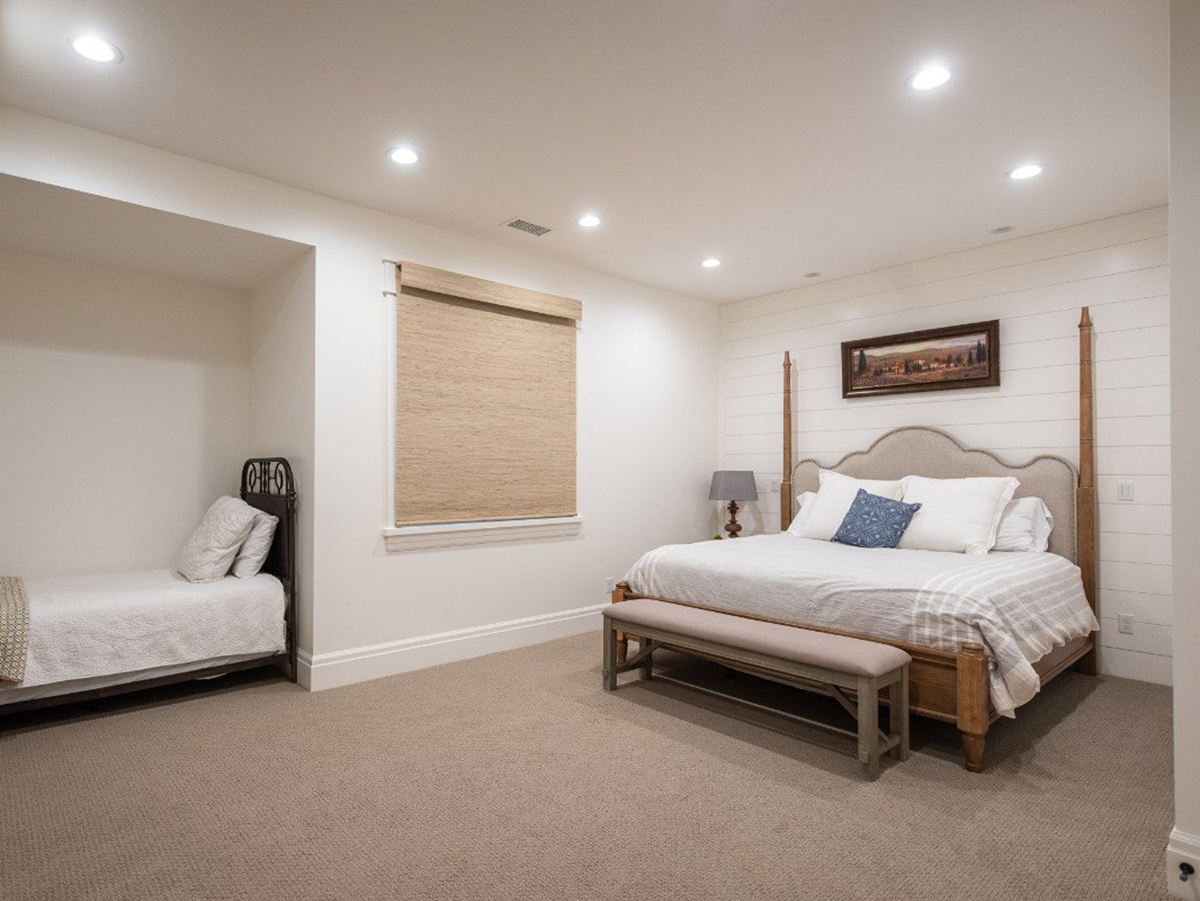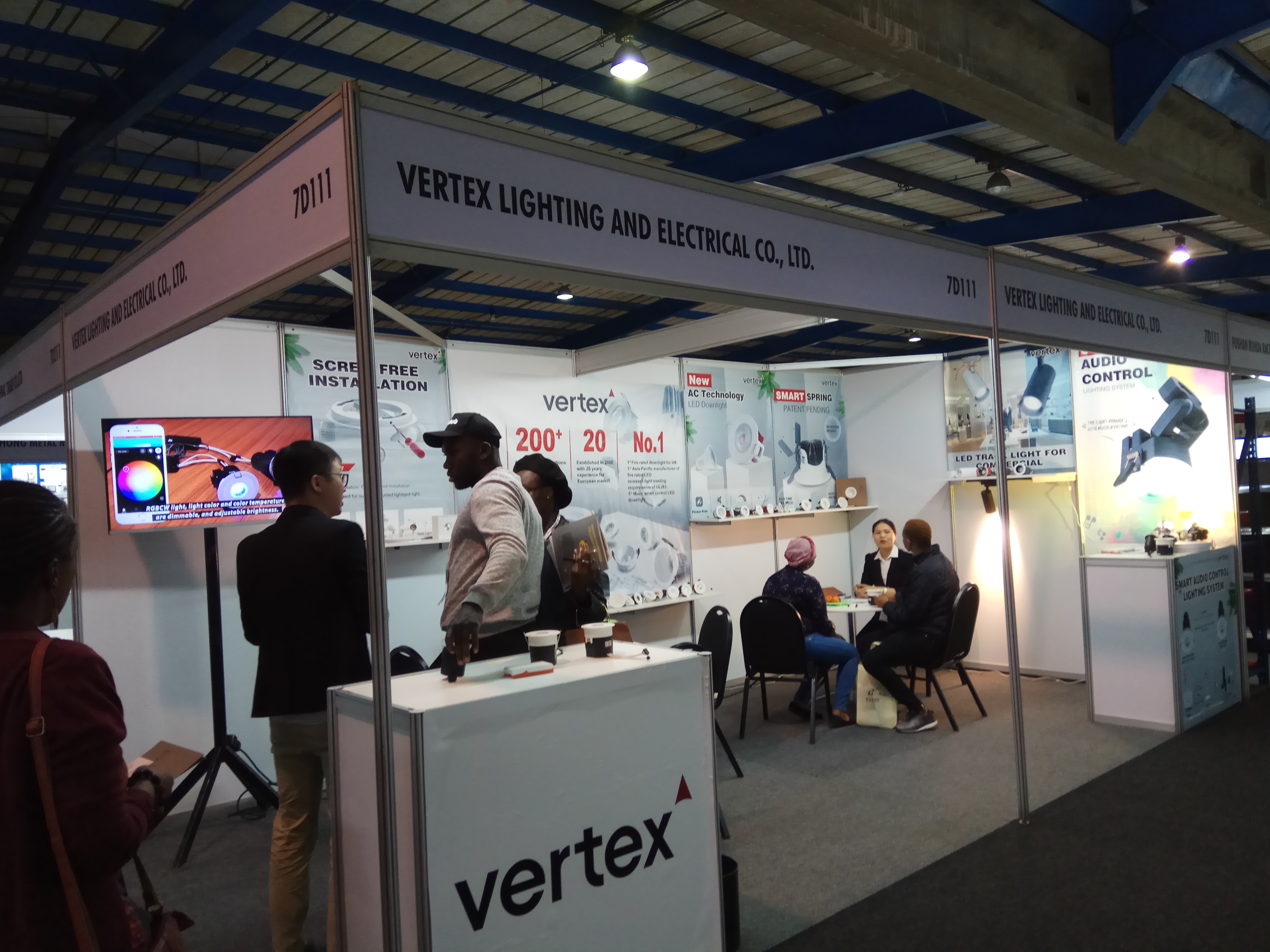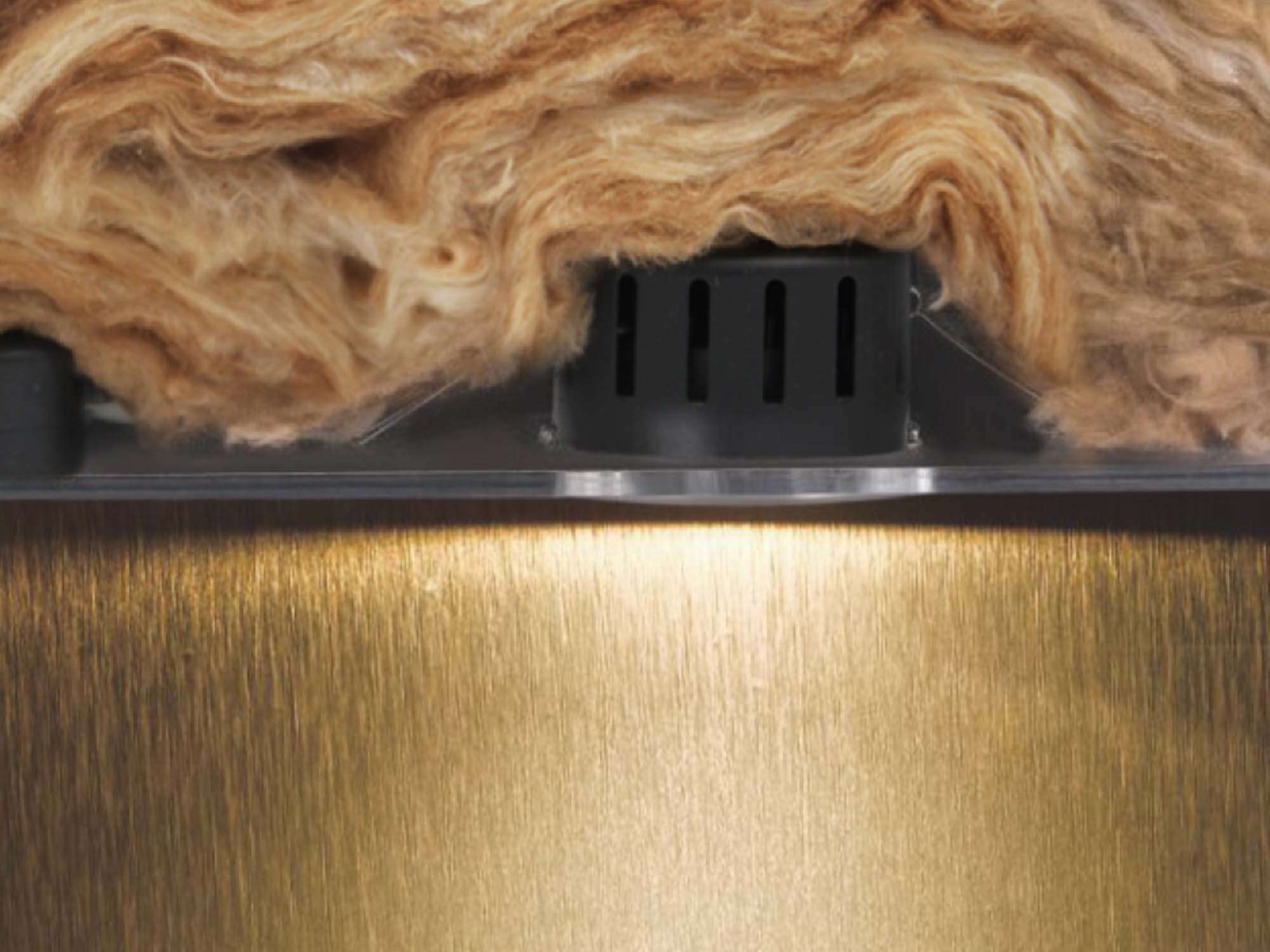Every light source from an LED to a simple wax candle has got a beam angle. A beam angle is a measurement of how the light is distributed. GU10 LEDs and recessed downlights have a fairly narrow beam of around 40 degrees, anything within 5 degrees of this is the industry standard. A wax candle or traditional light bulb would have a beam angle of 360 degrees as the light shines all the way around but is less focused.
By selecting a light with a wider beam angle you don't get any extra light, it just spreads it out further. The brightness (measured in lumens) remains the same but the beam intensity (measured in candelas) increases. The downside to a wider beam angle is that it's not as intense and the centre of the beam of light wouldn't go as far. Choosing the right beam angle can make a big difference in a room, but you don't always have the option as most downlights have a set beam angle withouth any options. If you know which beam angle you want from start, this can often limit your options to just a few LED downlights especially if you want something specific like 20 degrees.
A narrow beam angle of 20 degrees is known as a spot. Wider beam angles of 60 degrees are known as as flood and even wider beams are known as wide flood beams. |cob led spotlight
One of the best examples of using a wider beam such as 60 degrees would be in a lounge area. Lounges don't need to be as bright as other rooms and are usually illuminated to around 150 lux as you are only performing basic tasks like watching the TV or reading. In comparison a kitchen should be around 300 lux as you need to see what you are doing more clearly. By using a wider beam you can space out your downlights further apart, rather than having the 1 metre apart you can go to 1.2 or 1.5 metre distances.
If you were to select a wider beam angle in a kitchen and the downlights were only 1 metre apart it would be pointless especially if the room has dark walls or cupboards. The wider spread of light would get directed onto the surfaces and you would loose some of the light due to the low reflectance levels.
A good example of using a more narrow beam angle of 25 degrees would be in a room with high ceilings. Anything over 2.4 metres is classed a high. A narrow beam angle could be used in outdoor downlights as they're position very high up, its the ideal application for them.
If you're looking for an integrated LED downlight with a choice of beam angles downlight from VERTEX Lighting is worth considering. It's available in 50 or 60 degrees. You could even have a mixture of beam angles in the same room! Why not install wider 70 degrees in the centre of the room and a border of 38 degrees around the edges?
We also have the Vertex Gu10 thats available in a choice of beam angles including 20 and 36 degrees. Used in the right application such as a track light fitting that's illuminating a picture on the wall, a narrow beam will really brighten it up. The intense and focused beam of light will make a big difference.
Ultimately with an lighting design you want to achieve the best possible uniformity - no dark patches and not overbright pools of ligh. Nice even and consistent across the entire space and without overloading the ceiling with too many lights. Brighter downlights with wider beam angles are perfect for living rooms and bedrooms. Kitchens are the most difficult rooms to illuminate as they're filled with cupboards and work tops which usually leaves you with a difficult shape, or floor area to enlighten. You need to create an even grid layout for the downlights to be placed in so they don't look out of place while delivering a bright and even light spread.
If you're unsure about which beam angle to choose, selecting anything from 35 to 45 degrees will work fine in the majority of room types, but it does depend on the application and spacing of the lights.
